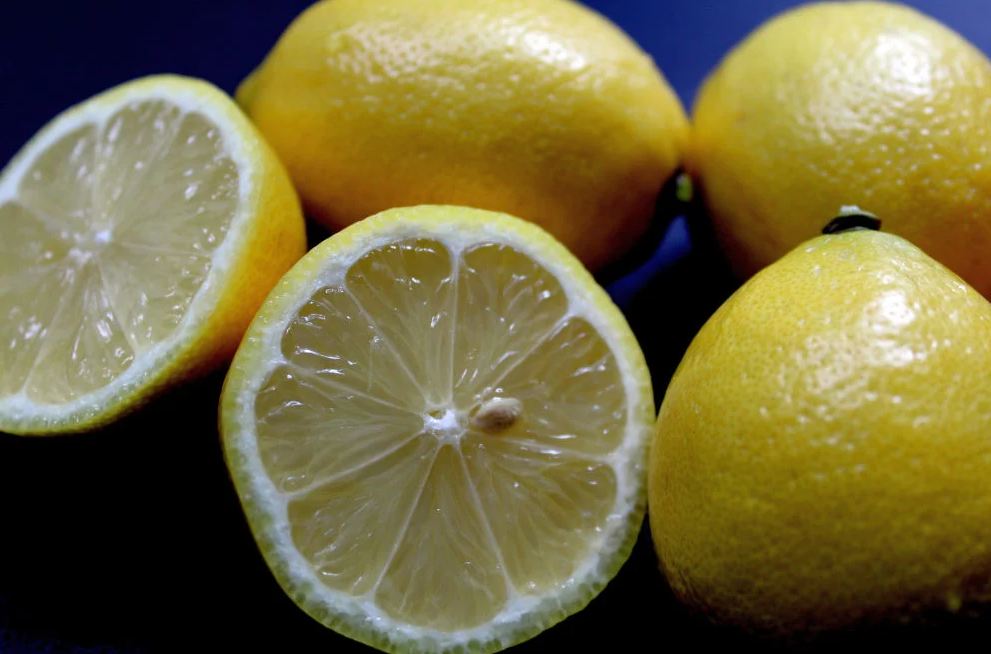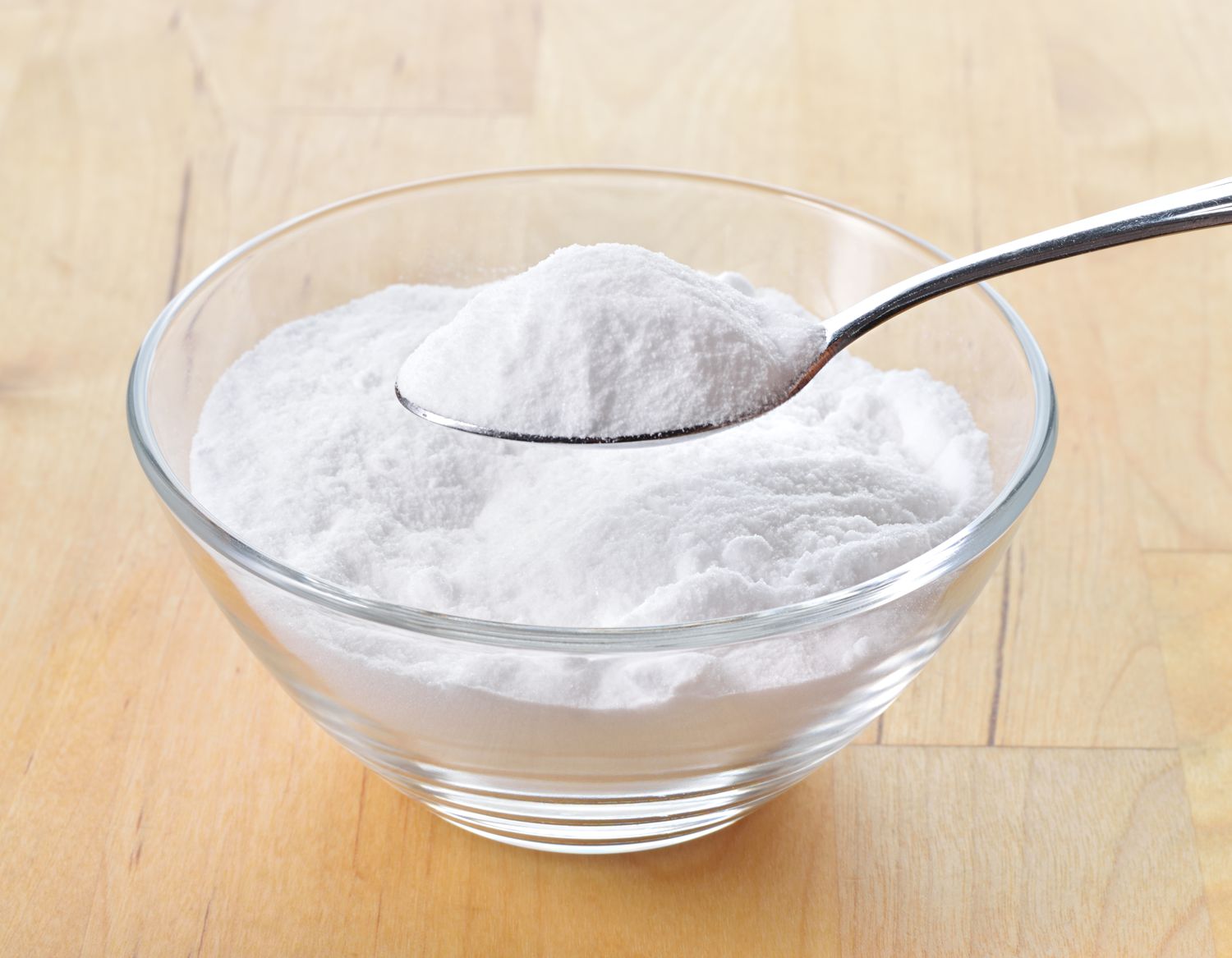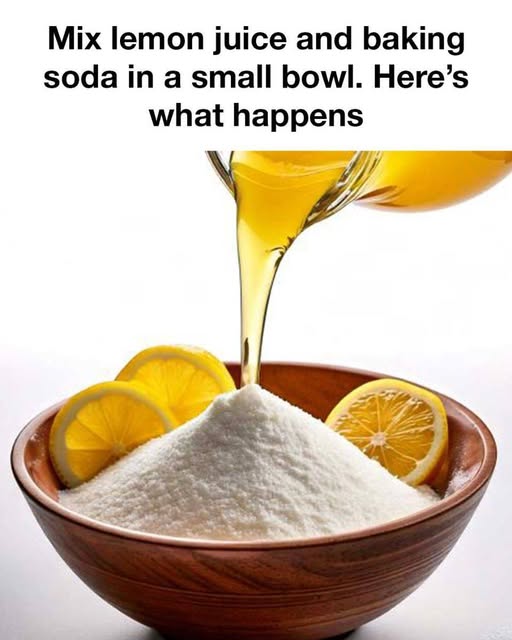Many everyday substances can reveal fascinating chemical reactions when combined. One such example is the mixture of lemon juice and baking soda. This combination not only demonstrates a basic acid-base reaction but also provides an engaging way to observe chemistry in action.
Understanding the Acid-Base Reaction
Lemon juice contains citric acid, while baking soda is a base known as sodium bicarbonate. When these two substances are mixed, they react to form carbon dioxide gas, water, and a salt called sodium citrate. The immediate bubbling and fizzing observed is due to the release of carbon dioxide gas, a clear indication of the chemical reaction taking place.

Materials Needed for the Experiment
To conduct this simple experiment, gather the following materials:
- Fresh lemon juice (or bottled lemon juice)
- Baking soda
- A small mixing bowl
- A spoon or stirrer
- Measuring spoons
- Optional: A small tray or plate to catch any overflow
Optional: A timer to measure the duration of the reaction
Step-by-Step Instructions
- Prepare the Materials: Place the mixing bowl on a flat surface and gather all the materials.
- Measure the Baking Soda: Using the measuring spoon, add a small amount of baking soda to the mixing bowl.
- Add Lemon Juice: Pour fresh lemon juice into the bowl over the baking soda.
- Observe the Reaction: Watch as the mixture begins to bubble and fizz, indicating the release of carbon dioxide gas.
- Optional – Measure the Duration: Use a timer to measure how long the reaction lasts.
Applications and Observations
This simple experiment serves as a practical demonstration of basic chemistry principles. The immediate fizzing reaction provides a visual representation of an acid-base interaction, making it an excellent educational tool for students and science enthusiasts. Additionally, the reaction can be used to clean surfaces, as the bubbling action helps to dislodge dirt and grime.
Extending the Experiment
For those who want to explore further, there are several ways to expand this simple experiment. You can try varying the amounts of lemon juice or baking soda to observe how the reaction changes. Does more lemon juice increase the fizzing? Does too much baking soda slow down the reaction? Experimenting with these variables helps illustrate the concept of chemical ratios and reaction rates in a practical way. Another fun approach is to add natural colorants like beet juice or turmeric to the mixture. As the acid-base reaction occurs, the colors can shift slightly, demonstrating how pH can affect natural pigments. You can also explore other acidic liquids, such as vinegar or orange juice, to compare the reactions with baking soda. Documenting differences in fizzing intensity, duration, and gas production encourages observation skills and critical thinking, making this experiment not only enjoyable but also educational.

By approaching this simple kitchen chemistry with curiosity, anyone can learn about the fascinating interactions between acids and bases, turning everyday ingredients into a laboratory of discovery.
Conclusion
The combination of lemon juice and baking soda offers more than just a fizzy reaction; it provides a hands-on opportunity to observe and understand fundamental chemical processes. Whether used as an educational experiment or a cleaning solution, this simple mixture showcases the fascinating world of chemistry in everyday life.

















